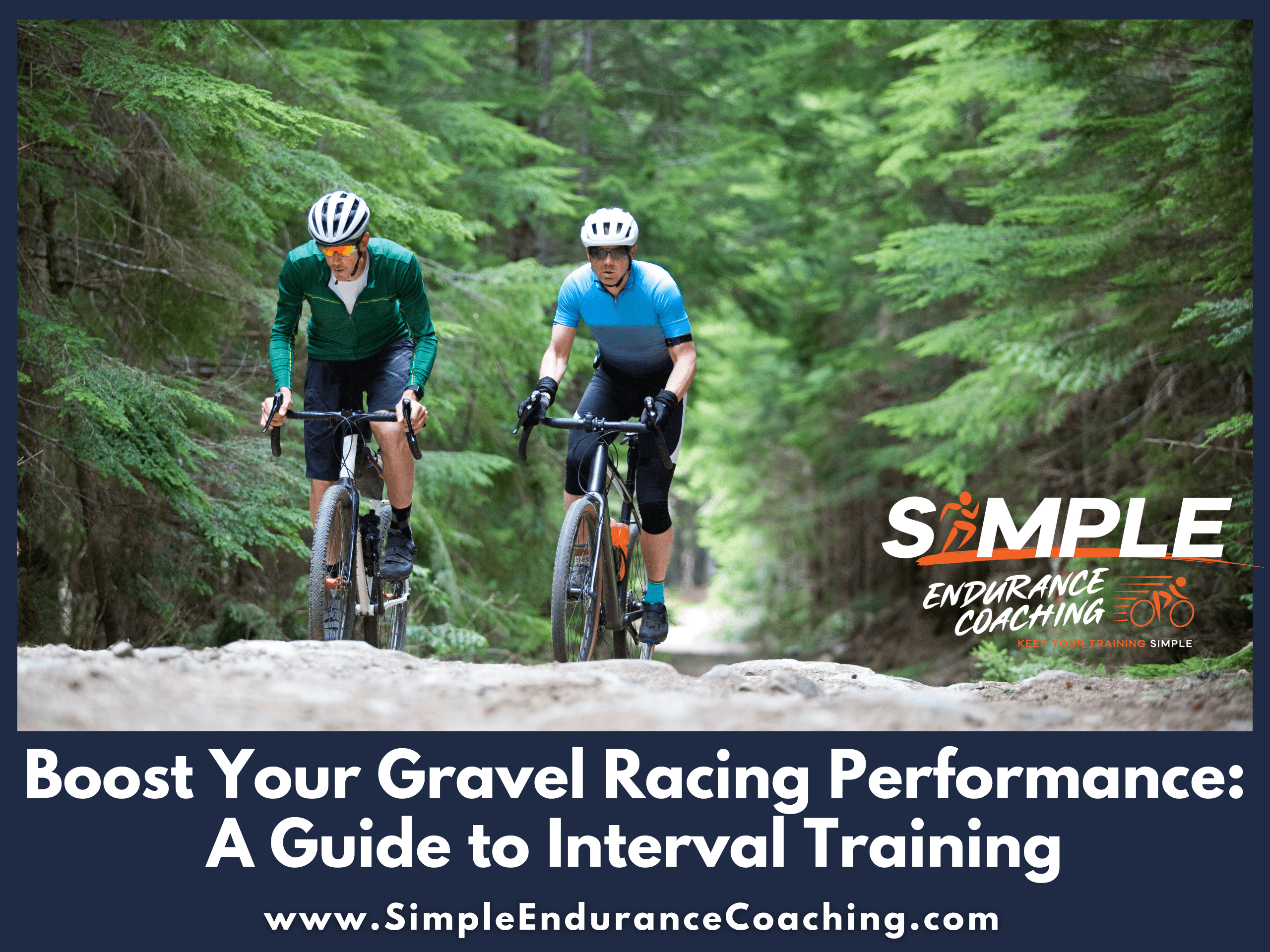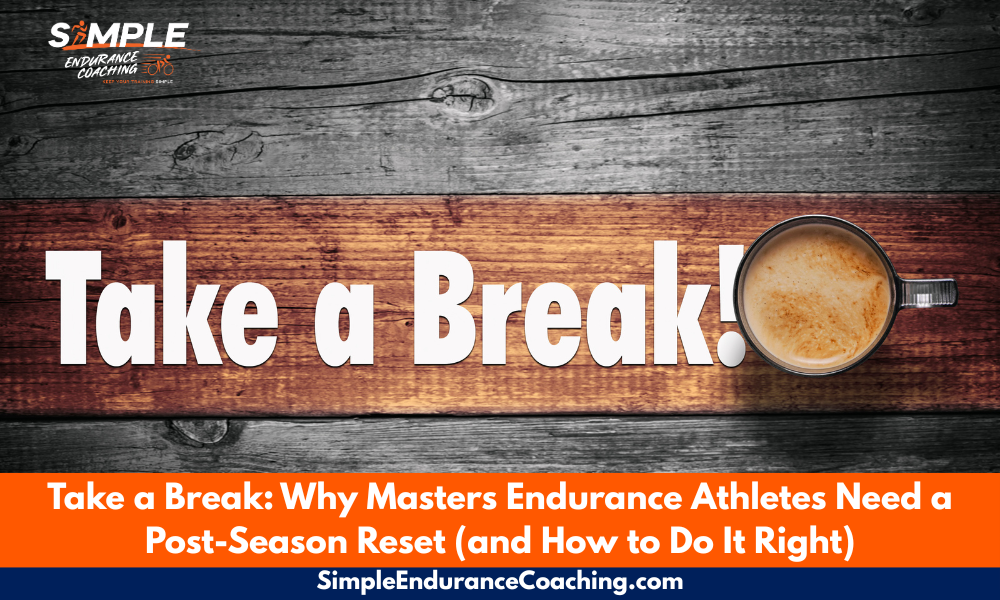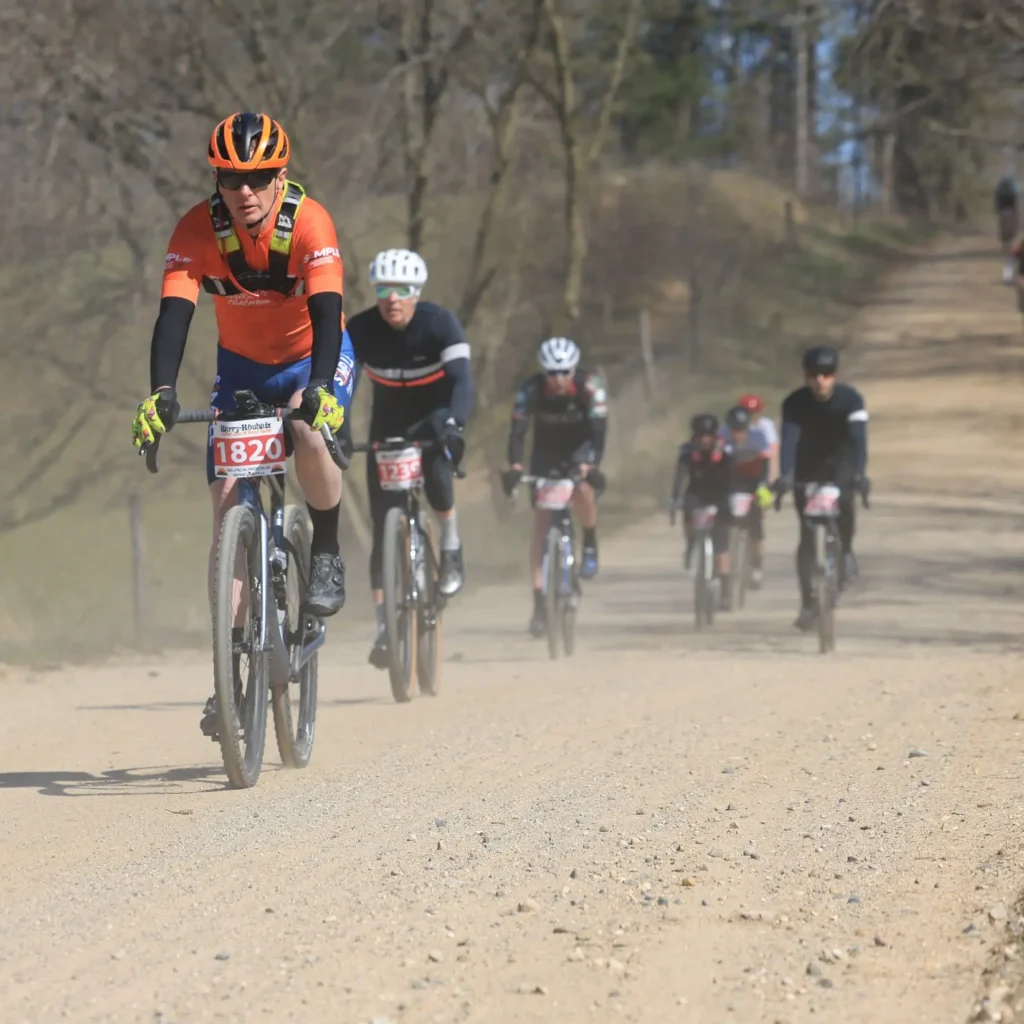Boost Your Gravel Racing Performance: A Guide to Interval Training
To have your best performance in a long gravel race, it’s important to do intervals throughout the season to maintain and build muscle strength as well as cardiovascular adaptations.
Intervals, riding hard for short periods, followed by short periods of recovery, prepare your body – and your mind – for the challenges of gravel racing, especially over a long distance.
These are generally high-intensity interval training (HIIT) sessions that can go anywhere from 30 seconds to about 20 minutes, depending on your purpose.
Doing intervals will help you finish your gravel century more comfortably – and a lot more competitively.
This is the fourth in a series of gravel-centered articles, designed specifically to help you achieve your performance goals at long gravel races this summer.
Blog post #3: Using the 80/20 model to schedule workouts.
Blog post #2: Building a base for gravel racing performance
Blog post #1: Five keys to training for gravel racing

Four reasons to do intervals:
- Cardiovascular efficiency: Interval training significantly improves cardiovascular health. It increases the heart’s stroke volume (the amount of blood pumped per beat) and cardiac output (the total volume of blood pumped by the heart per minute). Improved cardiovascular efficiency means that more oxygen can be transported to the muscles during exercise, enhancing endurance.
- Muscular adaptations: During high-intensity intervals, fast-twitch muscle fibers are recruited. These fibers are typically underused in cycling, which primarily engages slow-twitch fibers. Training these fibers can improve overall muscle strength and fatigue resistance, allowing an athlete to maintain higher intensities for longer periods.
- Lactate threshold improvement: Interval training helps in increasing the lactate threshold, which is the point during intense exercise at which lactate, which is a fuel source for energy production, starts to accumulate in the blood faster than it can be used. A higher lactate threshold means an athlete can perform at a higher intensity for a longer period before fatigue sets in due to excess lactate accumulation.
- Intervals, like endurance training, also help build more mitochondria and increase capillarization. This means there is the potential for more energy produced in the cell, improving efficiency, as well as more blood vessels to carry oxygen.
Start with your weaknesses in base training
For gravel racing, I generally suggest that cyclists work on their weaknesses in the base period.
For most of us, we always need to increase our VO2max.
VO2max measures the maximum rate at which your body can use oxygen, directly impacting the amount of energy your muscles can produce aerobically.
This means higher sustained speeds or effort levels before fatigue sets in.
A higher VO2max means you can maintain a harder pace, climb faster, or reach the summit with less exhaustion.
With intervals designed to improve VO2max, we recruit fast-twitch muscles to make them stronger and more fatigue resistant.
In the winter, for example, I often assign sets of 30/30s, 30 seconds as hard as you can sustain for the whole time, followed by 30 seconds of easy pedaling.
Typically, we do four sets of six to eight repetitions.
Longer threshold efforts come later in race preparation
After you build your base of fitness, you’re starting to work on your specific race fitness.
What are the requirements of your particular gravel race: Are there long hill, short hills, is there loose gravel where you just need to put the power down?
Usually, gravel races require a lot of power for a long time.
That means working on intervals at or above race pace for increasing amounts of time.
This again means you’re recruiting – and strengthening – fast-twitch muscle fibers, which make you stronger.
For example, you might do four sets of eight minutes at a hard pace, with two minutes rest.
These are at or above your second threshold: the point in your breathing where you start to pant and can’t talk much except in short bursts.
Once you feel those long intervals are manageable, increase the time to 10 minutes, then 12, and so on.
What is the frequency of intervals?
You might start with one interval session a week during the early base period.
After a few weeks of letting your body get used to them, you can add a second.
During the winter, I often tell my athletes to do Zwift races because they tend to max out your power and heart rate.
In general, I recommend athletes only do two hard sessions/days a week with plenty of recovery in between.
Interval sessions build up a lot more fatigue than endurance sessions so it’s critical to recover fully before starting another.
Intervals get you fast
Endurance training builds the base of your fitness.
Intervals get you fast.
If we continue with the building analogy from the last post, endurance training creates a big and sturdy foundation, threshold intervals raise the ceiling, and VO2max intervals raise the roof.
Doing intervals are a critical part of training for gravel racing.
Doing just endurance miles, for example, strengthen mostly just your slow-twitch muscle fibers.
Intervals round out your strength by training the fast-twitch fibers.
Here are three things to know about doing intervals for gravel racing:
1. Do intervals most of the year to get faster and stronger2. Target weaknesses in the pre-race season training time
3. For gravel racing, long threshold intervals are the key workouts.
Training plus experience
I’m a Level 2 USA-Cycling Coach, a certified yoga instructor, and a certified personal trainer.
I support everyday endurance athletes at Simple Endurance Coaching, based in Milwaukee.
Plus I’ve been racing gravel, road, mountain bike, and cyclocross for decades, so I’ll bring both experience and training knowledge to help you to your best gravel race performances in 2024.
I’ll be racing the Big Rivers Gravel Series, the Hungry Bear, likely the Coon Fork 40, and other gravel races this year.
I’m always available for a free 30-minute Virtual Coffee to talk about your training and your goals.
Thanks, and I look forward to meeting you.




